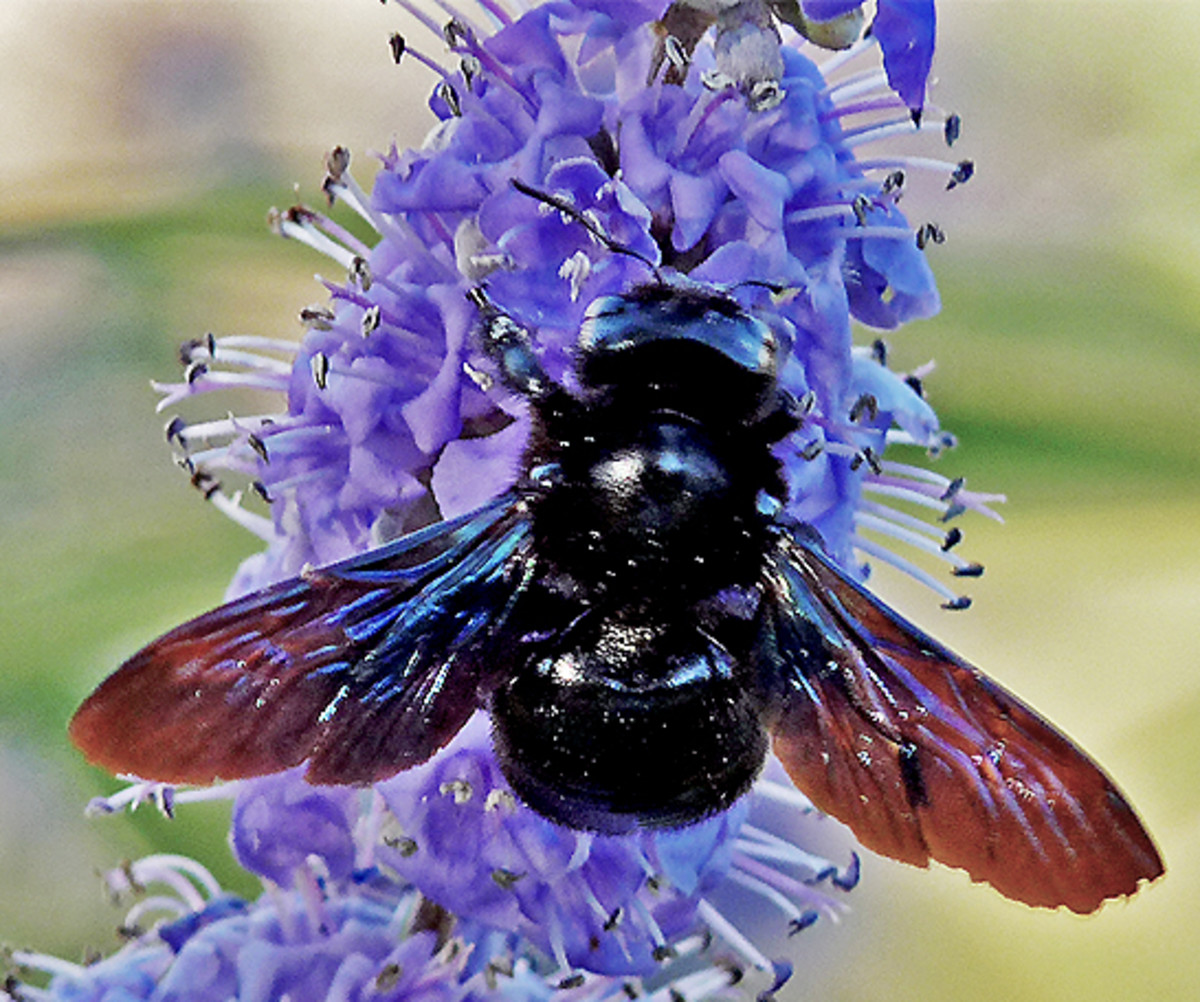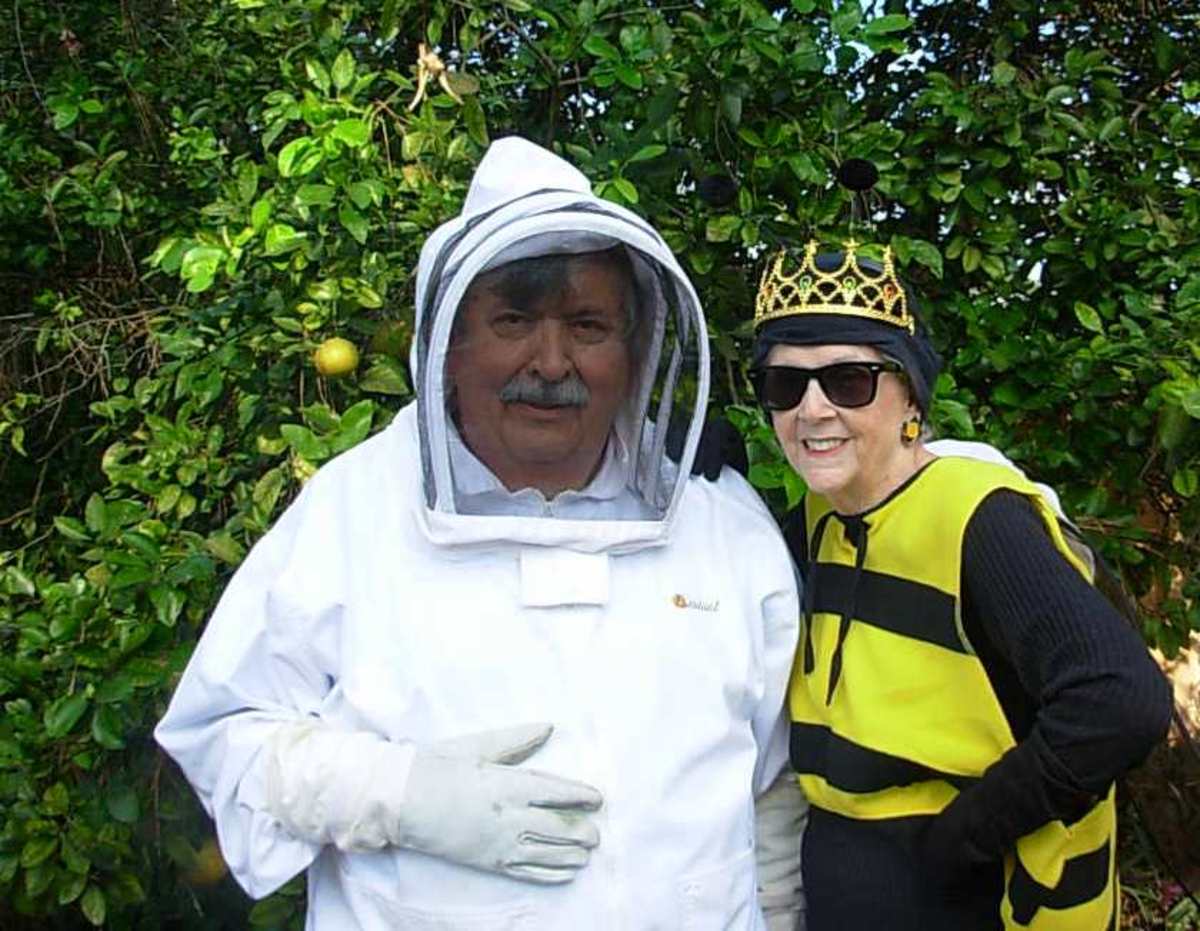The Many Ways Honey Bees Are Good for People
Honey Bees and the Work they Do
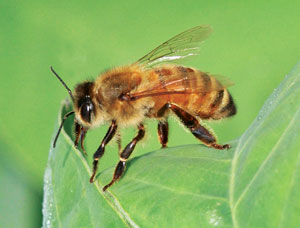
Honey Bees
When you think of honey bees, do you get a fear of getting stung? Do you hear a buzzing in your head? Do you think of their hives and the honey they produce?
If you have a fear of bees it is called apiphobia or melissophobia. Both the word apis, and the word melissa are Greek words for bee. And of course, phobia is fear of.
Honey bees are known for making and storing honey. They build large and impressive nests from the wax that the worker bees have secreted.
The honey bee is about ½ inch long (12mm). Usually they are yellow and have several dark brown bands going around the middle of their body. They have two sets of wings, and can sting, but are less aggressive than wasps and hornets.
There are Three Types of Bees
There are approximately 20,000 varieties of bees around the world. Bees live in one of three types of colonies.
- queen bee
- worker bee
- drone
The worker bee and queen bee are only female. The drone bee is only male. Only the queen can reproduce. Worker bees collect the nectar and pollen that feeds the colony, take care of the offspring from the Queen, and keep the hive clean. Drone bees mate with the queen. The queen lays the eggs. Only female bees sting. The stinger is called an ovipositor and is part of the female bee’s reproductive system. The queen bee uses her ovipositor to sting and also to lay her eggs.
Some species of bees, including honey bees die after they sting because the stinger is attached to their stomachs and when the bee tries to fly away after stinging, they do more damage to their digestive tract, nerves and muscles.
Honeybees do sting, but they only sting once. Their sting hurts if the stinger is not removed right away, and those who have bee allergies may have a more severe reaction to the bee sting. People who are allergic to insect stings will have a more severe reaction.
Honeybee colonies are very large and it is difficult to remove the hive.
The Busy Work of Honey Bees
Bees have a good sense of smell that helps them find flowers to collect the pollen they bring back to the hive. When bees fly with the pollen, they invariably drop some, which results in cross pollination, which helps fruits and plants to develop. Unless a plant is self pollinating, bees, other insects, birds and bats play an important role in our agriculture and successful pollination. A third of all the food people in the U.S. eat is a direct effect of insect pollination.
There are over 100 crops among the agriculture in the U.S. that is pollinated by bees. Not all of these 100 crops are pollinated by honey bees alone, but honey are a very integral part of the United States agriculture.
Honey bees take the pollen back to their hive where it is a source of protein for the young larvae.
Bees hatch from eggs. It takes 21 days for a honey bee to grow into a hive bee after it has hatched. The hive bee spends another 21 days doing hive chores and feeding on larvae. They then develop into a field bee. These bees leave the hive and come back with nectar and pollen and water. When nectar is flowing at its peak, these bees only live for three weeks because they wear their wings out.
Honeybees gather pollen and nectar from the plants and flowers they pollinate and make honey. Bees gather 66 pounds of pollen each year per hive. The honeybee uses pollen as food. The nectar is stored within the stomach of the bees and is transferred from one worker bee to the next work er bee, until there is less water in the nectar. The nectar then turns into honey.
From Medicines to Food and More
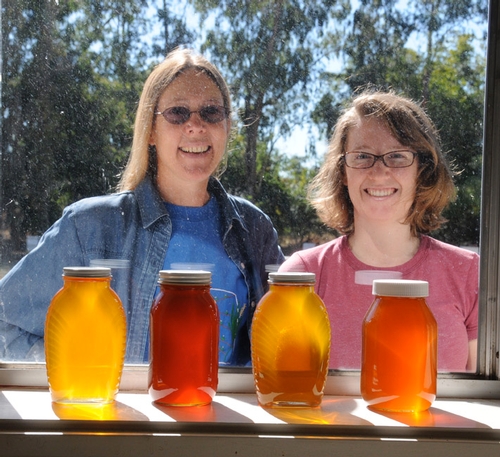
Honey Bees and People
The main diet of honey bees consists of pollen and honey, but they also collect other liquids and juices they collect from fruits and plants. When they find other insects that secrete honeydew, these bees collect these liquid ans store them as honey. At times there may be o pollen or nectar or honeydew and the bees collect plant spores and dusty animal feed to fulfill the colony’s nutritional requirements.
The honey is stored in honeycombs in the nests they live in. The nests are often built in trees, but sometimes will be found in chimneys and attics. Honeycombs tend to be very large. The average swarm has between 30,000 to 50,000 bees.
When the bee colony gets overcrowded the field bees gorge themselves on honey and then leave the hive with the queen bee to start another new colony. These bees are not usually aggressive and not a threat to people, if they are left alone, because they have gorged on honey.
Honey bees actually maintain a close relationship with people, and this has allowed us to study and understand bee behavior. Honey bees live in colonies that are well organized and do not hibernate, although they are most active in the spring.
They produce honey from the pollen and nectar they have collected from flowers. This is stored in the honey combs inside the nest. The nests are made from was which is secreted from the abdominal glands of the bees. The male drones are put out of the nest to die during the fall season, after they have mated with the queen, which is their only job.
Honey Bees are Very Adaptable
Their adaptability helps in their survival. When there is no food, the bees live on the reserves they have stored,and huddle together during the winter. This allows them to self regulate the internal temperature of the hive. The bees generally prefer a temperature of 93 degrees Fahrenheit, no matter what the outside temperature is.
In different parts of the world honey bees behave the same, but some regions have more aggressive honey bees than others.
When they sense intruders, honey bees will guard the entrance to their nest to protect the queen. If a bee must sting, the pheromones secreted from the stinging bee alarm the other bees who will also go on the attack.
Honeybees are very social with each other and cooperate well among themselves. Their hives provide honey and beeswax. There are many varieties of colors and flavors of honey, depending on where the nectar came from. The beeswax is secreted from glands and used by the honey bee to construct the honeycomb.
Bees have complex mouth parts that chew and suck. They carry the pollen they have collected from the flowers and plants back to the hive in a pollen basket that is located on each hind leg. The nectar is transported in the honey sac, which is located in the front of their digestive system. Once they arrive at the bee hive, they store the pollen in the cells of the hive. Within the honey combs, nectar is converted into honey as the bee regurgitates the nectar with an called invertase. Beeswax is made between parts of worker bee’s bodies. They chew and reshape the wax to form the honey comb.
Worker bees communicate with each other to tell each other about information regarding the nectar sources nearby, how far it is, and where it is. Honey bees communicate through dances.
Bees and Honey
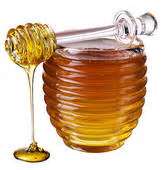
There Are So Many Benefits From Honey Bees
The agriculture industry is very reliant on the busy work of bees. Honeybees account for 80% of all of the pollination done by insects, which helps greatly in the yield of crops of vegetables and fruits.
Young, female worker bees secrete a special royal jelly from their glands located at the top of their heads. Royal jelly is a white, creamy substance. The worker bees produce royal jelly for their young. It is known as nature’s perfect food.
Workers and drones eat royal jelly while they are in the larval stage of development.The queen eats royal jelly throughout her lifetime to help her be more fertile. Royal jelly is so nutritious, the queen grows very quickly and actually becomes twice as big as all the other honey bees.
The queen bee also lives 30 times longer than the other female worker bees. A queen may live for three to five years, which is a long time for an insect. Royal jelly makes the queen fertile enough to lay up to 2,000 eggs per day.
‘
Honey bee originate in Europe and were brought to North America by the settlers during the 1600’s.. Collecting honey and beekeeping can be traced back to the stone age and seen in cave paintings.
Honey bees play an important role in the many products we humans use. We eat honey the bees produce. The beeswax from the honey comb is used to make candle, cosmetics, pharmaceuticals and other products. The venom from honey bees is used in medicines that cure arthritis. Honey bees are considered beneficial insects, and with all the good they do, we certainly need and appreciate the good things they do for us.
So now when you think of honey bees, what do you think of now?


